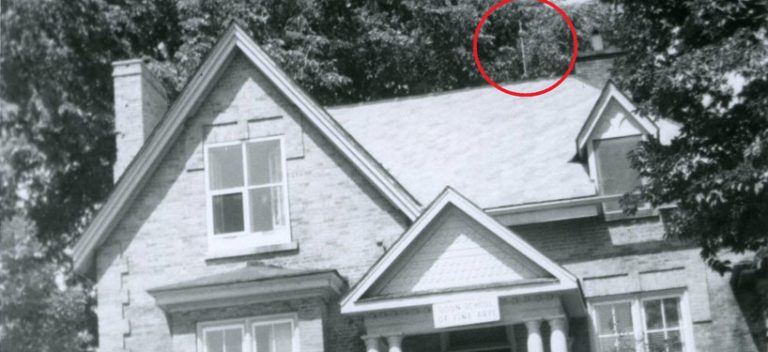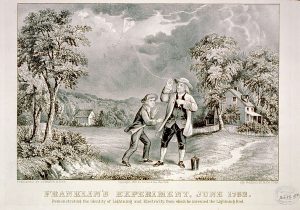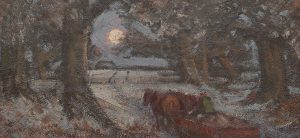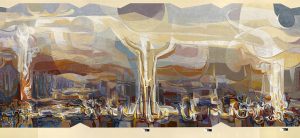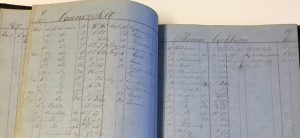In rural areas like Doon, lightning rods were commonly installed on houses, barns, and other structures to mitigate the danger of lightning – the enemy of flammable structures everywhere. The Watson house was certainly no exception. Between the house’s construction in the mid-nineteenth and the late twentieth centuries, two lightning rods protected this historic house from lightning strikes.
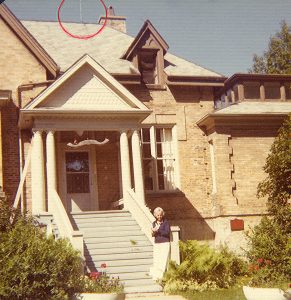
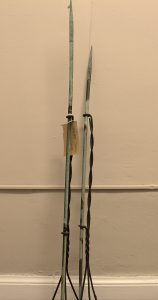
Lightning rods gained widespread use in the nineteenth century. Their invention, however, took place about fifty years earlier and is most widely attributed to American inventor Benjamin Franklin. The danger posed by lightning strikes was a familiar one in Franklin’s day, with houses, barns, churches, and even people affected. When Franklin’s famous – if apocryphal – kite experiment proved that lightning was, in fact, electricity, and that lightning strikes were caused by excess electric charge in clouds, he reasoned that such a charge could be attracted by an iron rod.
Franklin soon constructed the first lightning rod atop his own home as an experiment, which we can assume was fruitful, since he published that an iron rod would attract lightning at its upper end, thereby protecting the rest of one’s rather flammable house from the strike and conduct the electrical charge down through an attached wire into the earth.
The first lightning rods were sharp and pointed. Franklin believed this shape could not only channel a lightning strike but also prevent it by pulling some of the electrical charge away from the clouds. His English contemporaries thought differently. They argued that blunt-tipped rods were the better option to lessen the risk of lightning strikes, because they were less likely to be struck. Both lines of thought have since been disproved; by virtue of their base function, lightning rods cannot decrease the likelihood of a lightning strike. The shape debate carried on throughout the 18th century, taking on a political edge as the American Revolution approached. A sharp-pointed rod atop one’s house indicated their allegiance with Franklin’s American theories, since King George III had pointedly affixed a blunt-tipped rod to his palace.
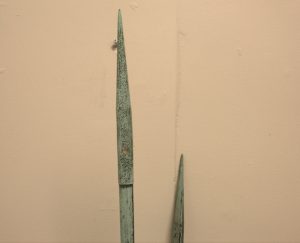
Politics aside, the sharp-pointed lightning rod was frequently used across North America. The two rods that likely sat atop the Watson house are sharp and pointed. In their current state, they are also quite green. It’s unclear what metal these lightning rods were made from, but we know that Franklin’s early rods were made of iron, and that lightning rods are commonly constructed from copper and aluminum.
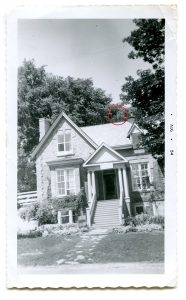
Iron, copper, and aluminum all oxidize, which means that they change when they interact with oxygen. For example, iron corrodes and forms flaky, red rust when exposed to air. Copper oxidation, however, produces a green patina that is frequently found on historic buildings and statues (the Statue of Liberty or Peace Tower in Ottawa, for example). Unlike iron, which corrodes when it oxidizes, the patina formed by copper oxidation protects the metal beneath. It’s possible, then, that these lightning rods might be copper.
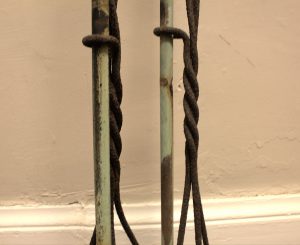
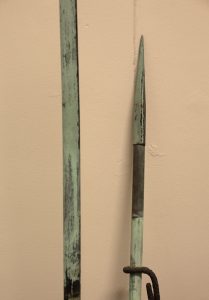
There’s also the question of where these lightning rods came from. While there’s no physical evidence on the rods to indicate their maker, the Universal Lightning Rod Company of Hespeler has an interesting connection to Homer Watson. The company was in operation during the early twentieth century, as evidenced by newspapers from the period. At one time, the company was headed by Winfield Brewster, who was a friend of Homer’s and part of the group that worked to preserve Cressman’s Woods.

Obviously, these lightning rods no longer grace the roof of the Homer Watson House and Gallery. Indeed, lightning rods seem to have disappeared from most roofs toward the end of the twentieth century and into the twenty-first. However, they can still be found atop skyscrapers and other towering structures – all of which are struck by lightning nearly a hundred times per year.

